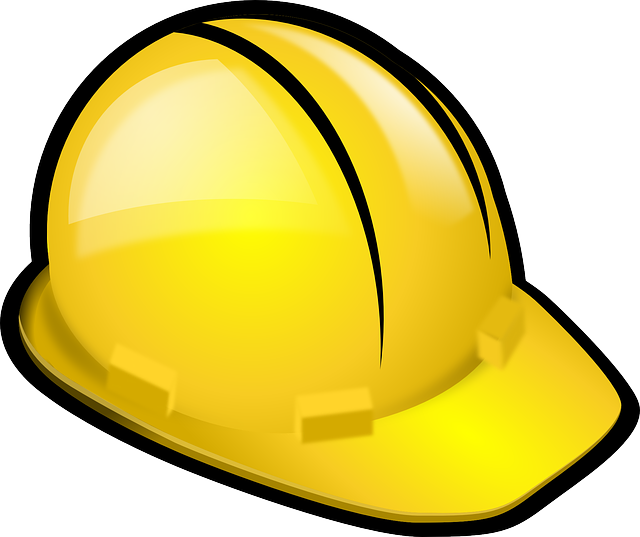
You’ve bought and installed a 3D printer in your home. What should you be worried about?
Many things, it turns out. Here’s our list of things to watch for:
Mechanics: Your 3D printer includes a number of moving parts. These are moving parts you should not be touching when it’s operating; you could find a finger severely pinched or even burned if you happen to brush the hot end of your printer.
Flammable Items: Your 3D printer is most likely uses a plastic extrusion process, requiring a high temperature hot end. This component can frequently be found running at +260C (+500F). That’s the same temperature as your oven – without any protective enclosure! You’d best ensure there are no flammable materials close by and especially materials able to accidentally fall onto the 3D printer during operations. Even if nothing can fall on your 3D printer and ignite, it’s also possible your 3D printer may get out of control and endlessly heat the hot end until it melts. Keep flammables away. And keep an eye on the printing process.
Associated Tools: Aside from your 3D printer, you’ll no doubt have a small collection of related tools to assist finishing the print or releasing it from the print surface. These can include knives, blades, scrapers other other hand tools that have very sharp components. Treat them carefully.
Fumes: Most 3D printers emit small particles as the heat of the hot end literally vaporizes small amounts of plastic that condense into nano particles. In some cases there are enough particles that you can smell them, particularly when 3D printing ABS plastic. These fumes are not necessarily safe; you should ensure you have proper ventilation when 3D printing.
Access: Do you have pets? How about small children? Both of these inquisitive beings might be found exploring your dangerous 3D printer while it’s operating – and experience the issues above. If there’s a need, you should strongly consider establishing a secure perimeter around your 3D printer to prevent various catastrophic situations. This may mean locking your 3D printer in a dedicated room.

